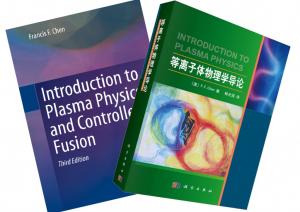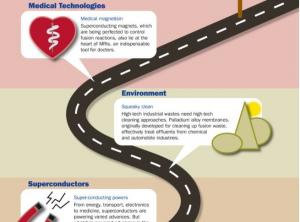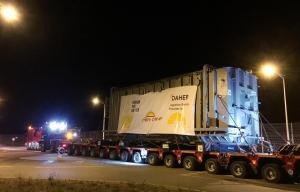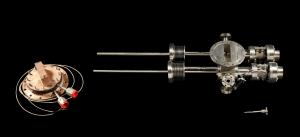What’s New
13 June 2016
ITER news digest for the period of 6 June 2016 to 13 June 2016.

A home for the Sun

Reference textbook on plasma physics re-edited

What spin-offs from fusion research?



